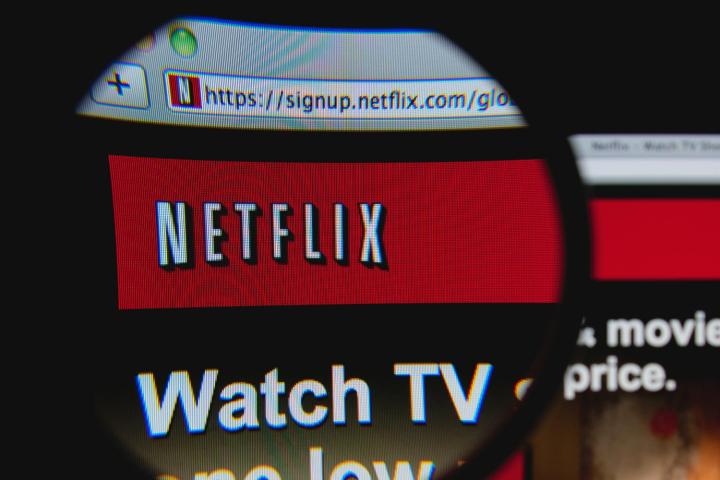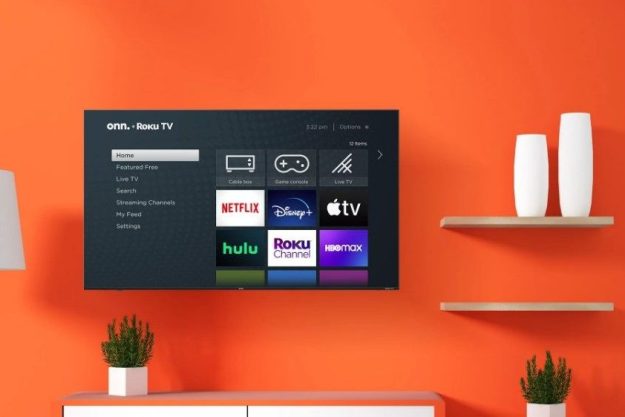
During peak evening hours, Netflix can account for between 30 and 40 percent of downstream Internet traffic according to the report. Three years ago, the Big Red streaming service occupied a mere 13.5-percent share of evening traffic in Canada. And there doesn’t appear to be a close second, or even a close third.
According to Sandvine’s report, no other paid over-the-top (OTT) video service accounts for more than 1 percent of traffic in the evening. On top of that, a Sandvine report from earlier this year ranked Netflix as the top downstream application in all of North America, with a monster 34-percent slice of the pie during peak periods. Sandvine has put forth a theory that such a disparity between Netflix and competing services makes Canada “a prime candidate for the introduction of new streaming options,” though that remains to be seen.
Sandvine also took an interesting look at peer-to-peer (P2P) file-sharing and its role in Canadian fixed networks, finding that the less-than-savory method of obtaining media still represents more than 15 percent of fixed network traffic on many networks in Canada. The research firm found that the figure actually lies below 10 percent in the U.S., which has seen a huge drop in piracy thanks to the increased availability of affordable streaming options.
And last, but certainly not least, Sandvine made sure to include one particularly vital statistic: Data from a major Canadian operator indicated that some Olympic men’s hockey games actually accounted for more than 35 percent of traffic. As Netflix continues its quest for world domination, it looks like Canada has been an easy domino to knock down, following the greater North American trend. But it certainly hasn’t interfered with Canucks’ love for their favorite sport.
Editors' Recommendations
- The best hidden gems on Netflix right now
- The best Christmas movies on Netflix right now
- Netflix screwed up, but that doesn’t mean it’s wrong
- The best Westerns on Netflix right now
- You can now watch a few Netflix original shows and movies without a subscription


